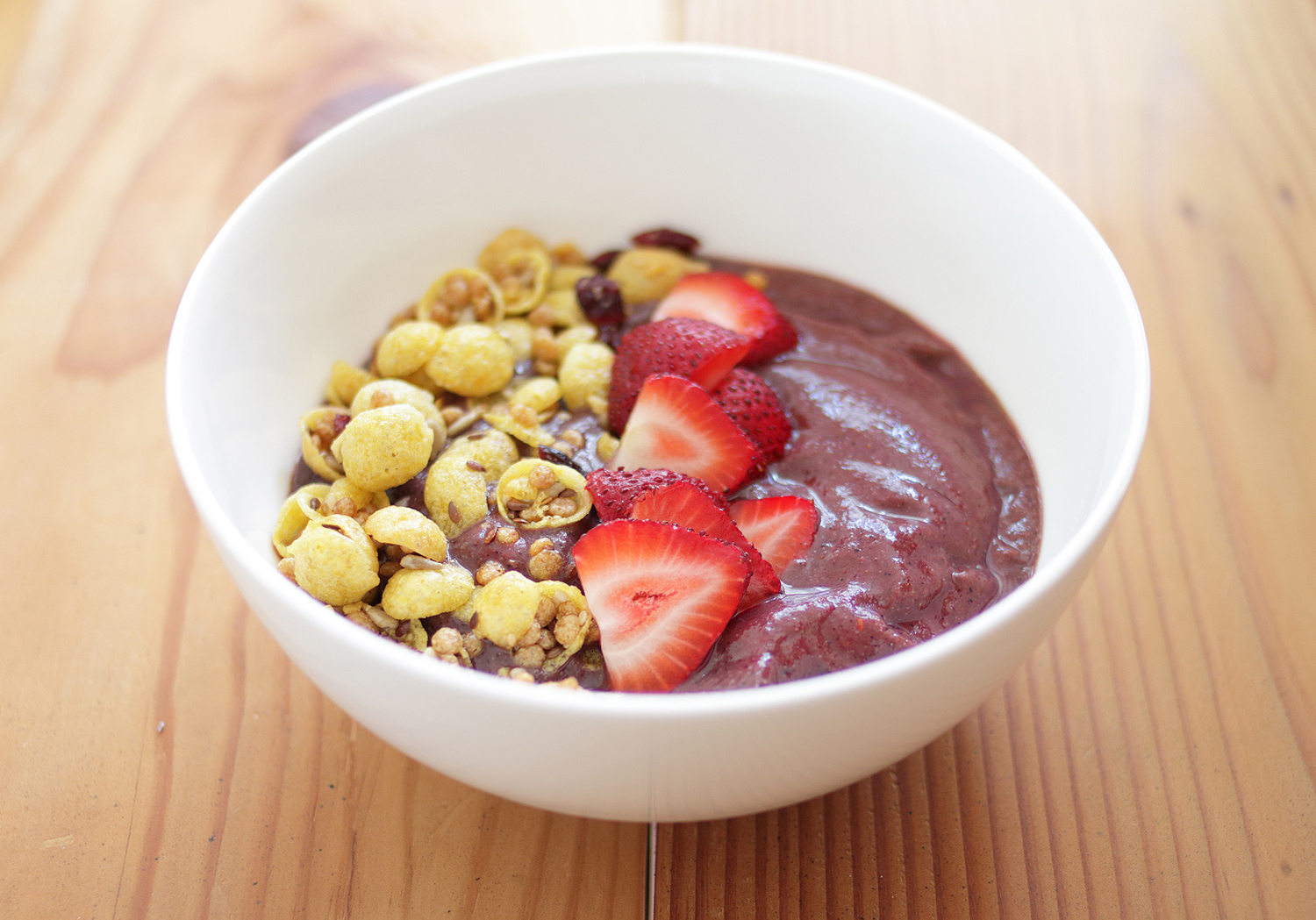5 Ways to Stay Cool Without AC

Most California homes don’t come standard with air conditioning especially older homes. I’ve considered getting air conditioning for my house a couple of times but there are really only a few weeks in the year where it gets uncomfortably hot in the California bay. It just wasn’t enough to justify spending $3000 on a central AC unit. To stay cool, there are obvious things like ceiling fans and wearing less clothing. But there were some tricks I learned while studying heating and cooling in architecture school and living abroad in Italy. Follow these tips and your home’s interior temperature can be up to 10 degrees cooler than the outside air.
1. Block the Sun
This is where I learned a lot from living abroad in Italy in a vIlla that had no AC. The elderly Italian women that owned the home would go through the Villa throughout the day opening and closing shutters in response to the sun’s position. Even if the glass windows were open, closing the shutters kept the house from experiencing a greenhouse effect. They managed to keep the villa quite comfortable even when the outside temperatures were well over 100 degrees.
The Southern side of your house is going to get the most sun exposure throughout the day. The second hottest part of the house will be the West side when the late afternoon sun is beating in.
Awnings or covered porches on southern facing windows are a great way to reduce the amount of heat from the sun that enters your house.
Invest in blackout drapes and/or blinds. If you can’t afford to treat all the windows, focus on the southern and western windows where the sun is most intense.
If you can afford it or want to DIY it yourself, interior shutters or plantation shutters can be a fantastic investment in reducing the greenhouse effect in your home.
2. Timing is everything. So is location.
Usually in the summer the hottest hours are between noon and 5:00 pm. Depending on where you live in the country, it can be significantly cooler at night until early morning. Here’s a sample of my own window opening schedule which will vary depending on your location and the time of year:
- 6 pm: Usually at this time, the outside air temperature is slightly cooler than the interior temperature. I start opening the windows on the parts of the house where there isn’t direct sunlight coming in.
- 8 pm: Once the sun has set, I open all the windows including sliding doors that have screens. If I want speed things up, I’ll turn on some ceiling fans to encourage air circulation.
- 12 am: Before I go to bed I close the windows and draw the drapes on the east and southern sides of the house leaving windows open on the north and west sides.
- 9 am: Around this time, the air outside is still cool but is starting to warm up. At this point, I close all the windows in the house.
3. Open Your Windows the Right Way
If you have double hung windows, make sure you open the top sash in addition to the bottom sash. This allows the warm air that has been accumulating at the top of your ceiling to be vented out while cooler air is drawn in from the bottom. If you don’t have double hung windows, opening a sliding door can help to vent the heat out as well.
When possible, try opening windows that are directly across from each other at opposite ends of the house. This will generate a cross breeze and cool your home down a lot faster in the evening.
4. Avoid using your oven or stove during the day.
This was something I learned the hard way last year. I decided to bake potatoes for lunch and raised the temperature in my house so much I started feeling sick. If you are home during the day, try to eat things that don’t require cooking: smoothies, whole fruits and vegetables, sandwiches, salads, cold sesame noodles, pickled foods like kimchi or sauerkraut etc.
If you’re looking for recipe ideas, check out my recipe for a fast and easy smoothie bowl.

5. Plant a green wall.
Green walls are incredibly effective at reducing the interior temperature of your home. While this is not always feasible, installing a green wall/living wall on the exterior side of your home that gets the most sun can greatly reduce the internal temperature of your home. As a bonus, it can provide insulation in the winter.